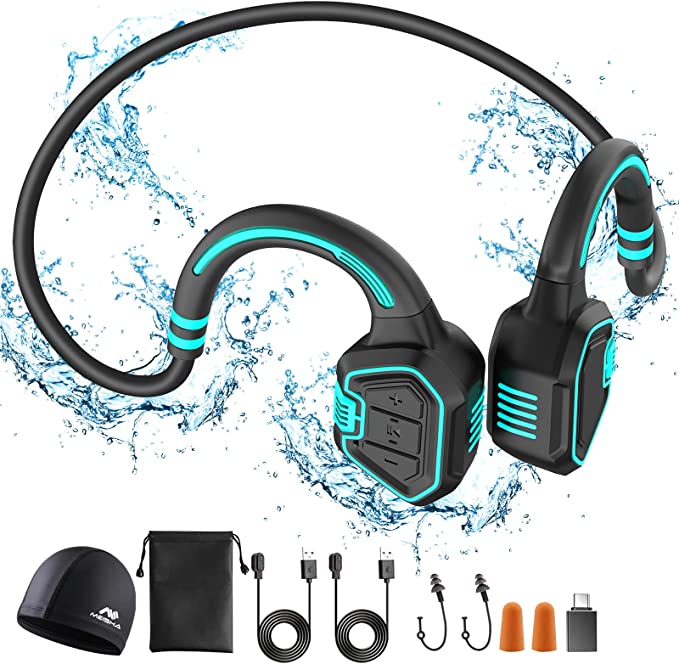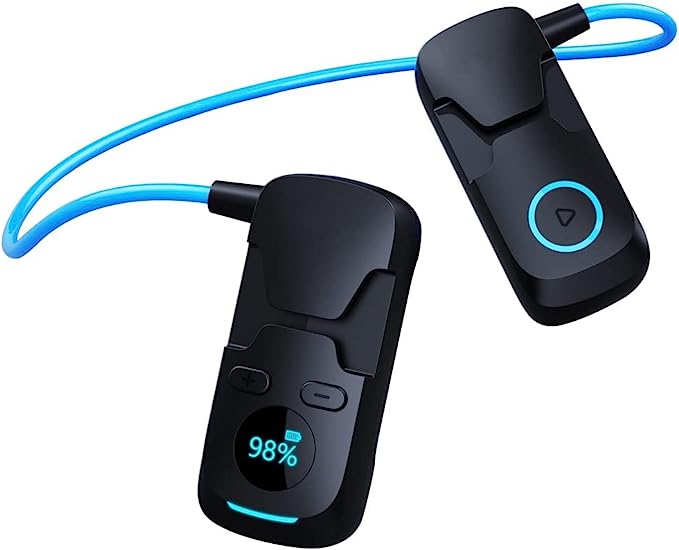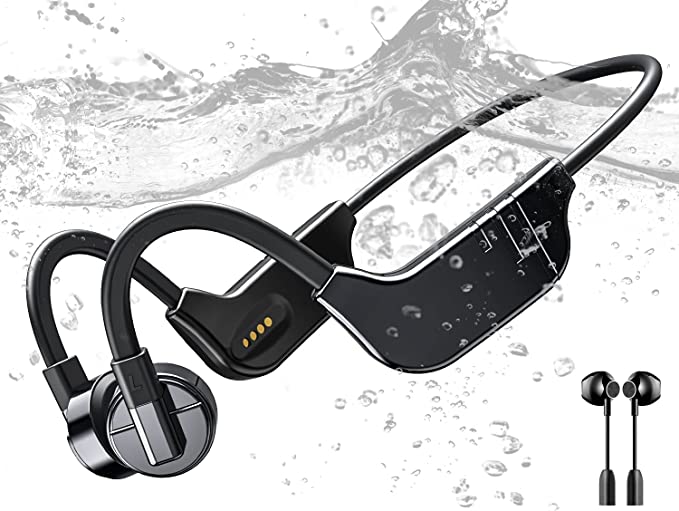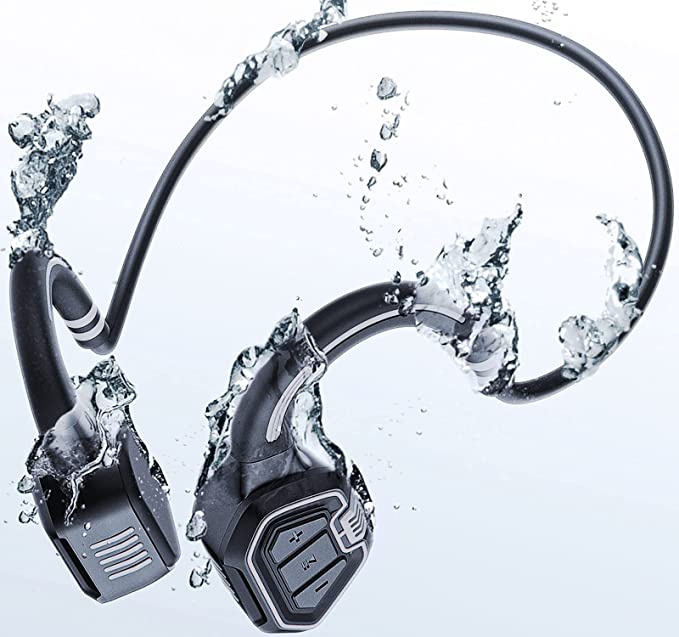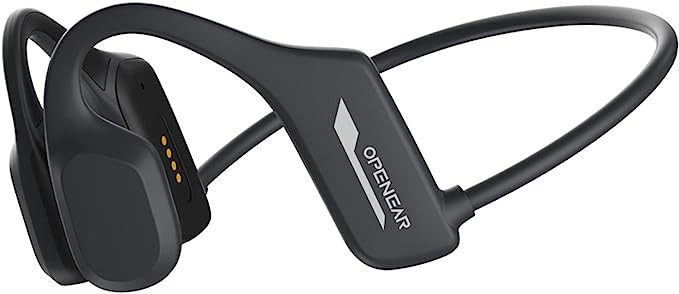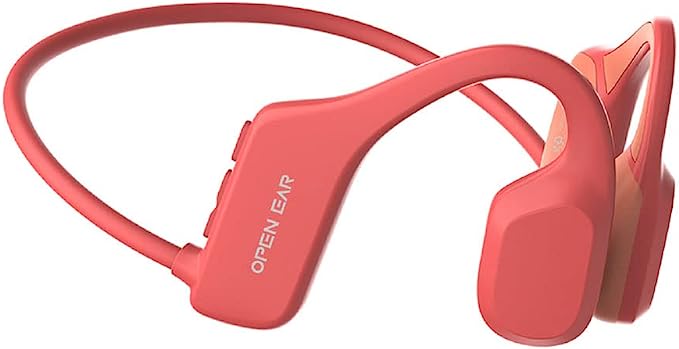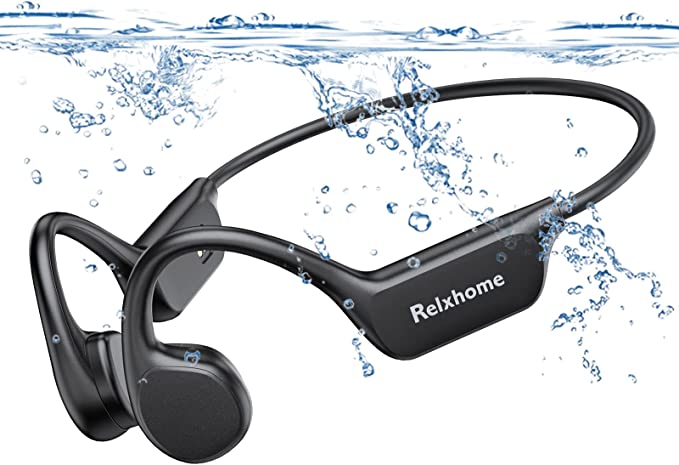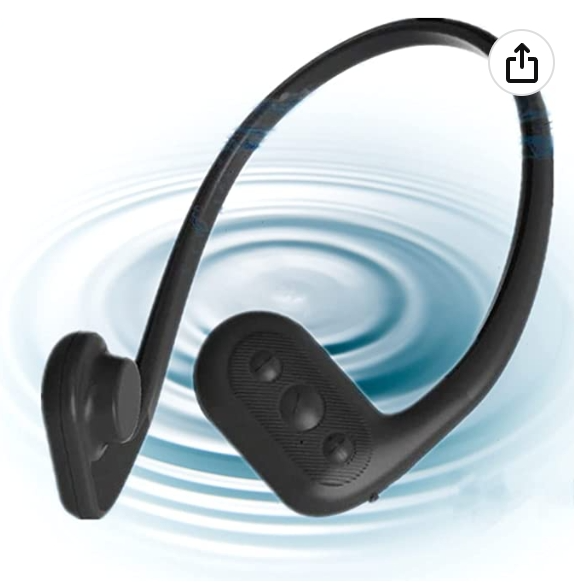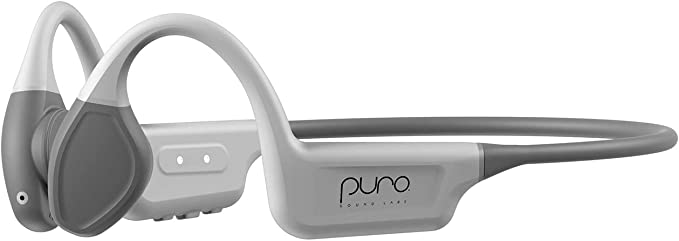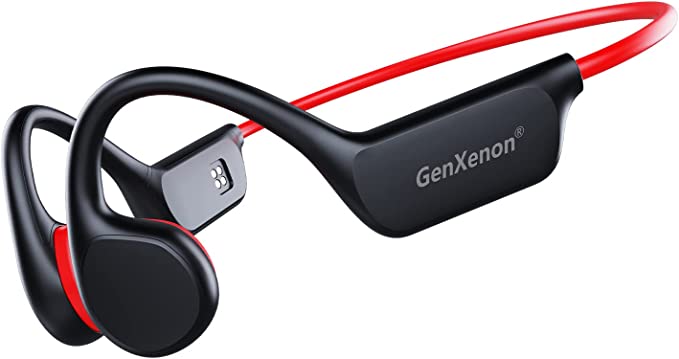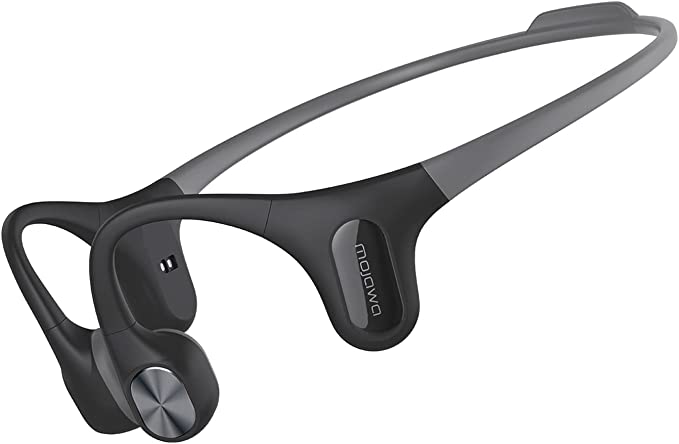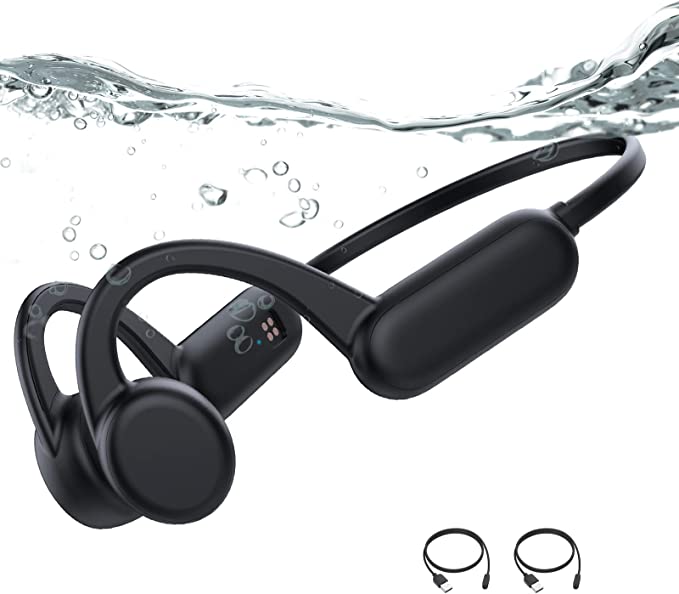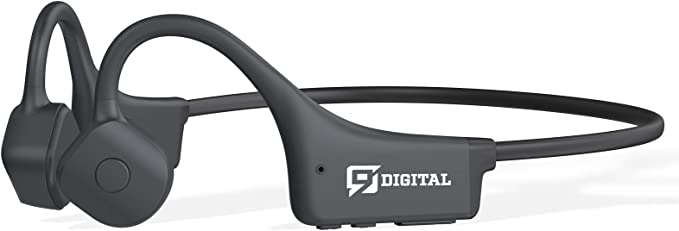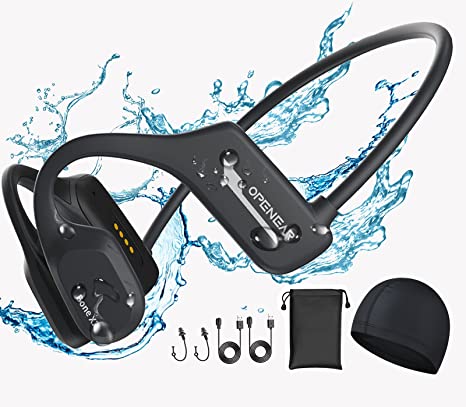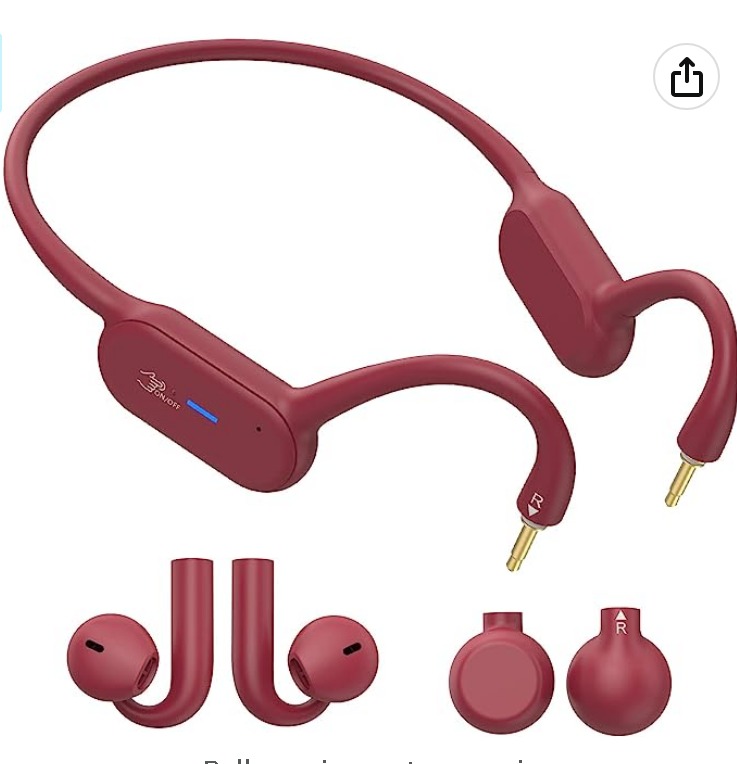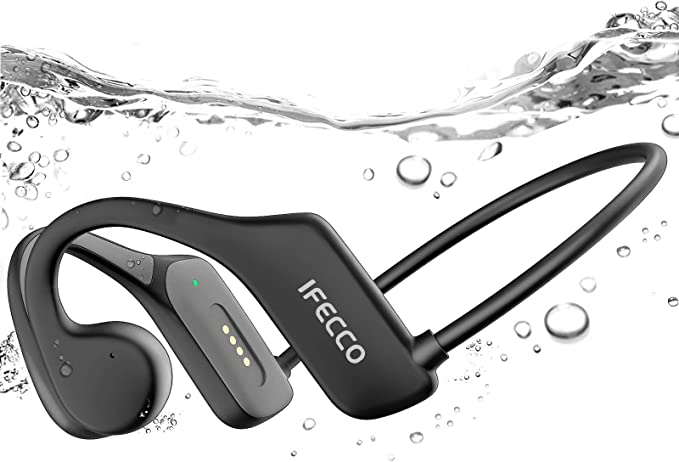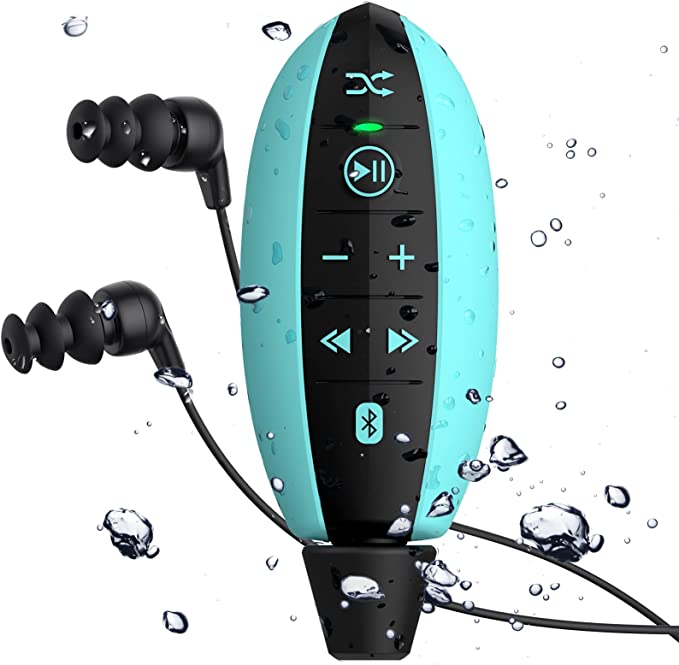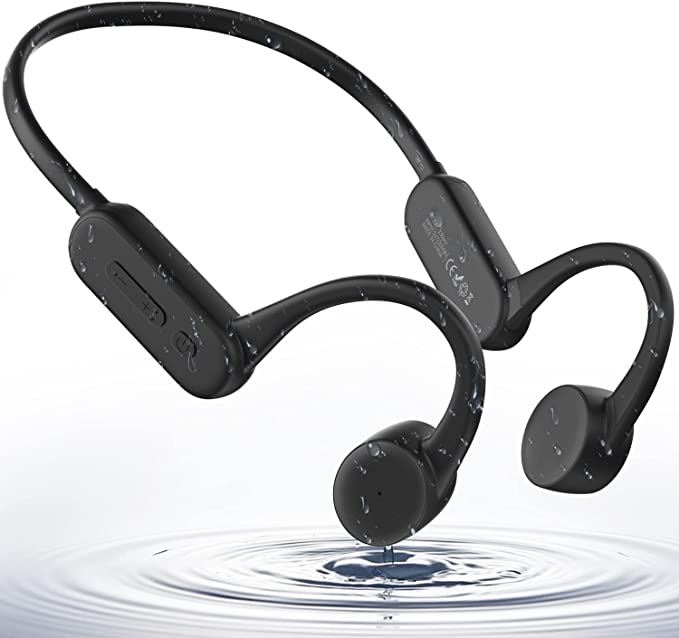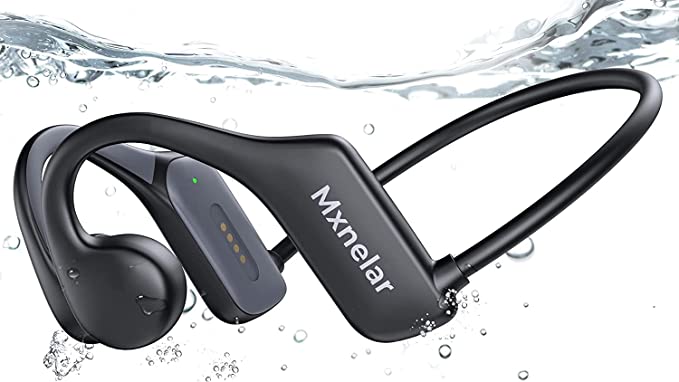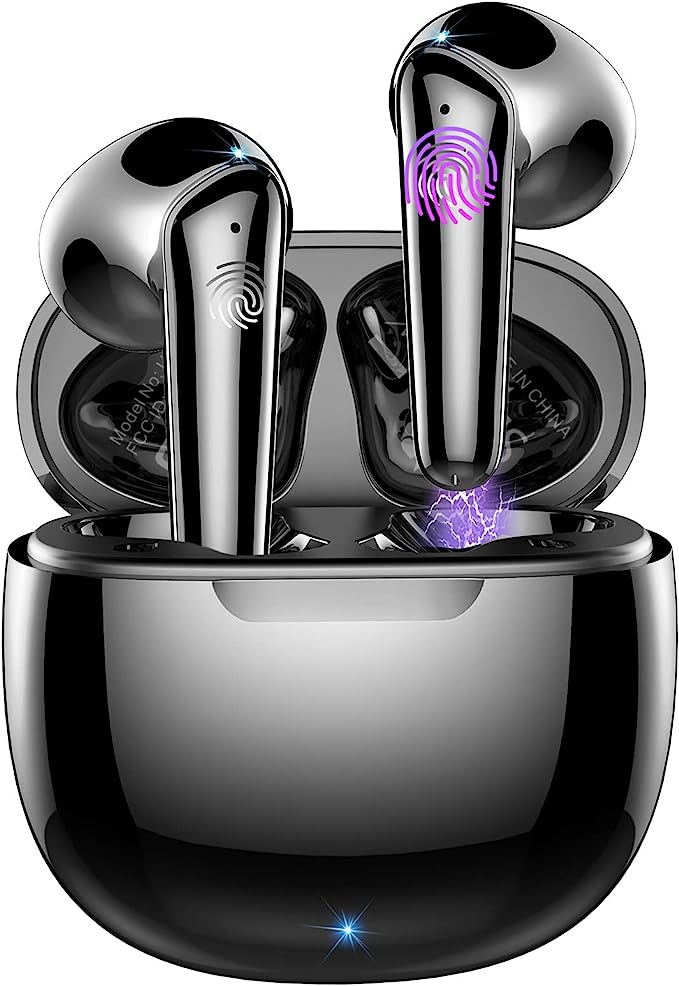fojep AS18 Bone Conduction Headphones: Affordable Underwater Listening
Update on June 25, 2025, 6:09 a.m.
The quest for the perfect audio companion during exercise is a familiar one. We crave the rhythm of our favorite tracks to power through a run, the immersive soundscape of a podcast during a long cycle, or simply the motivating beat to push through those last few swimming laps. Yet, traditional headphones often present a triad of challenges: discomfort from earbuds wedged in, a disconcerting lack of awareness of our surroundings, and for aquatic enthusiasts, the ever-present threat water poses to delicate electronics. But what if there was a fundamentally different way to listen, one that sidesteps these issues? Enter the world of bone conduction technology, exemplified in devices like the fojep AS18 Bone Conduction Headphones, which aim to deliver your soundtrack without sealing you off from the world, even in the water.

A Different Drum: The Marvel of Bone Conduction Technology
Most sound we experience arrives via air conduction. Sound waves travel through the air, funneled by our outer ear to vibrate the eardrum. These vibrations are then mechanically amplified by tiny bones in the middle ear (the ossicles – malleus, incus, and stapes) and transmitted to the fluid-filled cochlea, our inner ear’s spiral-shaped hearing organ, where they are converted into electrical signals our brain interprets as sound. It’s an intricate and effective system.
Bone conduction, however, offers an alternative route. Instead of sending sound waves through the air in your ear canal, bone conduction headphones like the fojep AS18 feature transducers that rest gently on your cheekbones, just in front of your ears. These transducers convert audio signals into subtle mechanical vibrations. These vibrations travel through the bones of your skull – bypassing the eardrum and middle ear entirely – directly to the cochlea. Your brain processes these vibrations just as it would signals arriving via air conduction. You might have inadvertently experienced a rudimentary form of bone conduction if you’ve ever held a vibrating tuning fork to your teeth and “heard” its pitch resonating within your head. History even whispers that Ludwig van Beethoven, as his hearing deteriorated, would reportedly bite onto a metal rod attached to his piano, allowing the instrument’s vibrations to travel through his jawbone to his inner ear, enabling him to perceive the music.
This ingenious mechanism brings several key advantages to the table:
* Open-Ear Awareness: This is perhaps the most significant benefit for active individuals. Because your ear canals remain unobstructed, you maintain situational awareness. You can hear an approaching car horn on your run, the call of a fellow cyclist, or a lifeguard’s whistle at the pool. This is a critical safety feature, particularly in dynamic outdoor environments.
* Comfort for Some: Many find traditional earbuds uncomfortable, especially during prolonged use, leading to pressure or irritation within the ear canal. Bone conduction headphones, by their very design, alleviate this, resting externally.
* An Alternative Pathway: While not a medical hearing aid, bone conduction can be beneficial for individuals with certain types of conductive hearing loss (problems with the outer or middle ear), as it circumvents these parts of the auditory system.

Making Waves: Engineering Audio for Aquatic Adventures
For swimmers, the fojep AS18 presents a particularly compelling proposition, thanks to a duo of crucial technologies: its waterproof rating and its onboard music storage.
One might wonder, why not just use Bluetooth in the pool? The answer lies in physics. Bluetooth operates using radio waves in the 2.4 GHz frequency band. Water, being a polar molecule, is remarkably efficient at absorbing energy from these radio waves. This absorption, or attenuation, means Bluetooth signals weaken and drop out very quickly underwater, rendering them practically useless for streaming audio just a few inches below the surface.
This is where the fojep AS18’s IP68 rating comes into play. “IP” stands for Ingress Protection, an international standard (IEC 60529) that classifies the degree of protection provided by an enclosure against the intrusion of solid objects (like dust) and liquids (like water). * The first digit, ‘6’, signifies that the device is dust-tight – no ingress of dust is permitted. * The second digit, ‘8’, indicates protection against continuous immersion in water under conditions specified by the manufacturer. For the fojep AS18, this is claimed to be submersion in up to 1 meter (approximately 3.3 feet) of water for up to 30 minutes. Achieving this level of waterproofing involves meticulous engineering of seals, gaskets, and often the use of water-resistant coatings or potting compounds for internal components.
However, even the best waterproofing doesn’t solve the Bluetooth-underwater problem. The real hero for swimmers is the fojep AS18’s built-in 16GB MP3 player. This feature allows users to load their music library directly onto the headphones, effectively turning them into a standalone audio device. With 16GB of storage, you could potentially carry thousands of songs (a typical MP3 file is around 3-4MB, so that’s roughly 4,000 to 5,300 tracks). This onboard storage is the indispensable solution for enjoying uninterrupted, high-quality audio while swimming, as the sound source is on your head, unaffected by water’s interference with wireless signals.

Beyond the Laps: Versatility on Terra Firma
While its aquatic capabilities are a standout, the fojep AS18 is designed for broader athletic use.
When you’re not submerged, Bluetooth 5.0 provides a stable wireless connection to your smartphone or other Bluetooth-enabled devices. This version of Bluetooth generally offers better range and more robust connections than its predecessors, suitable for runs, gym workouts, or cycling.
Weighing a claimed 1 ounce (approximately 28.35 grams), these headphones are designed to be a featherlight companion. The physics of comfort dictates that less mass, distributed well, means less strain and fatigue, especially during long workouts. The “Over Ear” (more accurately, a behind-the-neck band with over-ear hooks) design aims to keep them secure during dynamic movements.
An advertised battery life of up to 8 hours of playtime should cover most extended training sessions or a full day of intermittent use. Control is typically managed via a multifunction button, offering a minimalist approach to playing/pausing music, skipping tracks, adjusting volume, and handling calls.
The Auditory Experience: Sound, Silence, and Speech
The sound produced by bone conduction headphones has a character distinct from traditional in-ear or over-ear models. Because the sound isn’t channeled directly into and sealed within the ear canal, the perception of bass frequencies can often feel less intense or “booming.” However, the initial draft for the fojep AS18 mentions an experience of “punchy bass and clear treble,” suggesting an effort to tune the audio profile for a satisfying listen within the technology’s constraints. It’s crucial to remember that with an open-ear design, ambient sound will naturally be part of your listening experience – which is, for many, a primary draw.
The headphones also incorporate a noise-canceling microphone. The goal of such microphones is typically to use signal processing techniques or specific microphone polar patterns to better isolate the user’s voice from background noise, thereby improving call clarity for the person on the other end. The performance of these systems can vary widely. The draft notes the fojep AS18’s microphone performance as “passable,” which suggests it may be adequate for casual calls in quieter environments but might struggle in very noisy conditions or high winds.
Realities and Considerations: A Balanced Perspective
As with any technology, user experience and practical realities are key. The “flexible and adjustable loop design” of the fojep AS18 is intended to provide a secure and comfortable fit for a wide range of users. However, the initial information also notes that “some users with smaller head sizes have reported a slightly loose fit.” This highlights that individual ergonomics play a significant role in the perceived comfort and stability of any wearable device.
The question of durability also arises, particularly concerning a device designed for rigorous, sometimes wet, conditions. The draft mentions that “the plastic construction feels a bit flimsy” to some, and more critically, “there are reports of water damage after short-term use.” While an IP68 rating indicates a certain level of protection under controlled laboratory conditions, real-world variables – such as the specific type of water exposure (chlorinated pool water, saltwater), impact forces, manufacturing tolerances, and wear over time – can influence long-term resilience. Achieving a high degree of robustness, comprehensive waterproofing, and advanced audio features at an accessible price point often involves complex engineering trade-offs in material selection and construction methods.

Concluding Thoughts: Finding Your Sonic Sweet Spot
The fojep AS18 Bone Conduction Headphones represent a fascinating application of audio science, specifically tailored to the needs of active individuals, especially those who take their workouts to the water. The core technologies – bone conduction for open-ear awareness, IP68 waterproofing for aquatic resilience, and an integrated MP3 player to overcome Bluetooth’s underwater limitations – combine to offer a unique solution.
In a world increasingly filled with auditory stimuli and, conversely, a desire for personal soundscapes, the ability to enjoy your music while remaining connected to your surroundings offers a compelling value. The fojep AS18, by aiming to deliver this balance, particularly for athletes, invites us to reconsider how and where we listen. As personal audio technology continues to evolve, the drive to seamlessly integrate sound into every facet of our active lives, without compromising safety or convenience, will undoubtedly lead to even more innovative solutions.
